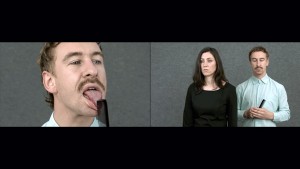
Yvette Greslé talks to Edward Winkleman about Moving Image Contemporary Video Art Fair, London. The fair runs through to Sunday 14 October, until 6pm. The fair is free to the public and is situated at the Bargehouse, Oxo Tower Wharf, Bargehouse Street, South Bank, SE1 9PH.
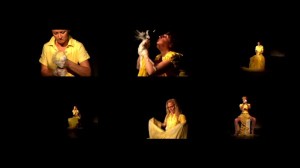
‘Moving Image Fair’ is a rare opportunity to see a wide range of moving image practices in the same space, in London. It includes pioneers of video practice such as Gary Hill and Peter Campus and younger generations of women artists whose work is in some way part of a lineage that begins with the performance practices of Marina Abramovic and Carolee Schneemann. The work of Turkish born artist Nezaket Ekici and Irish artist Amanda Coogan are extraordinary performances that re-visit the parameters of duration and the limits of the body. ‘Chronoscope’ (by Alessandro Balteo Yazbeck and Media Farzin) is a fascinating collaboration between an artist and an art historian – it uses the past and archival news footage to speak to present political conditions. I was struck by the range of themes and questions explored – from the relationship with nature and the environment (Janet Biggs) to ideas about space and the built environment (John Wood & Paul Harrison) as well as works that are very political in their emphasis – from body politics to current affairs.
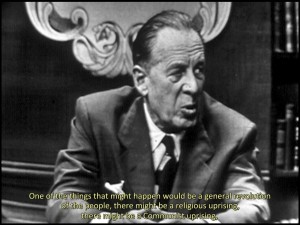
YG: What was the impetus for a fair focusing on the moving image as art practice?
EW: There were two. One was our own experience as art dealers attempting to present moving image based artwork at various international art fairs and having technical challenges in many cases. This led us to wish we could just arrive to a fair with our artists’ work and not have to consider the variations in technology and electrical sources. With ‘Moving Image Art Fair’, galleries can do just that … Bring just the digital files or even just send them. It gives them a great deal of flexibility. The other impetus was the ‘California Video’ exhibition we had seen at the Getty Museum in 2008. This show presented a wide range of effectively presented video in a smaller space than we had normally seen. It sparked a few of the ideas we had about how to create a fair dedicated to video.
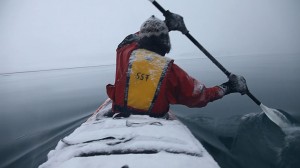
YG: What was the selection process?
EW: It’s by invitation only. Each version of the fair has an international curatorial advisory committee who are asked to nominate a global selection of artists whose work they like. Moving Image then sends the galleries working with those artists an invitation to participate.
YG: There are so many artists working currently with the moving image today. You showed a wide range of work: I was also struck by the internationalism of the work on show, and wondered about the impetus for that?
EW: Having a presence among the international art fairs is important for many galleries today. That is continually exposing all dealers to more of the ‘global dialogue’ and it’s therefore important for art fairs to be as global as possible as well.
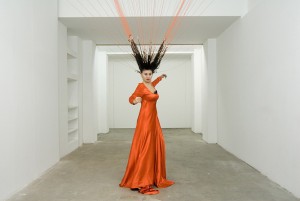
YG: There are so many mediums that make up the moving image (as an art
practice). The work you show is not just simply video art?
EW: Artwork in the moving image fairs probably falls into about 5 categories: film (that has been transferred to video for ease of presentation in this context); video itself; media art (created with a computer program rather than with a camera, and traditional editing); installations that incorporate video in some way; and sculpture that incorporates video in some way.
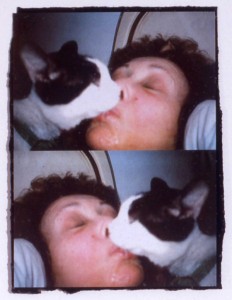
YG: To what extent are there private collectors of video and moving image work generally? What are the challenges of collecting and displaying the moving image?
EW: There are a number of significant private collections of video, including the Kramlich Collection (which is honoured by ‘The Moving Image Award’). I think there are about 20 or so international video collections that any museum would be delighted to have donated. As for challenges, it really depends on your approach. More and more collectors are dedicating a particular location in their homes to video, with either a monitor or projection, and rotating what they play in that location. It’s becoming much simpler to be a ‘video art collector’.
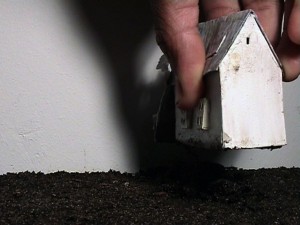
For more information about ‘Moving Image Contemporary Video Art Fair’ which ends tomorrow Sunday 14 October at 6pm see: www.moving-image.info





